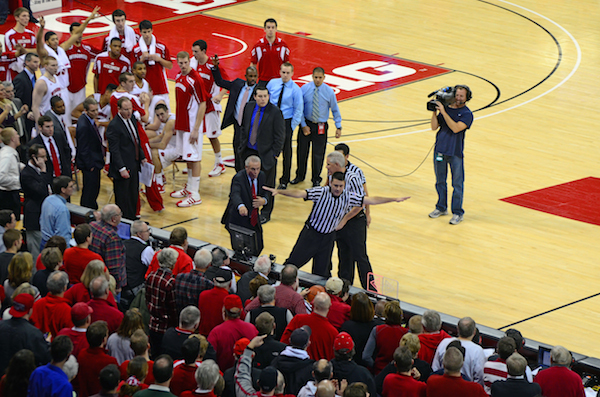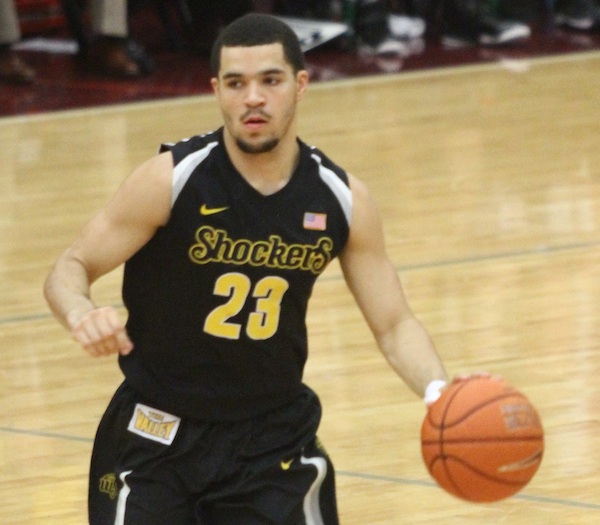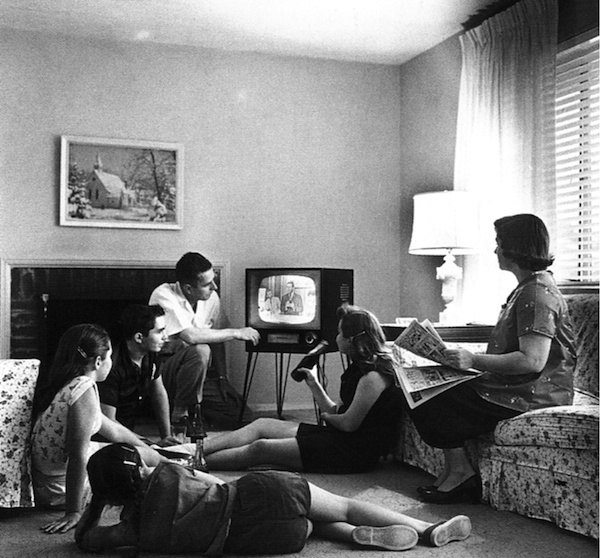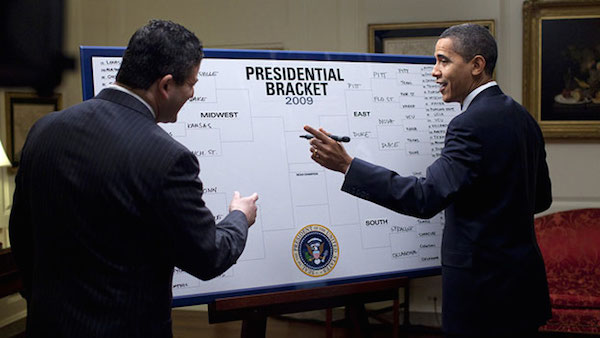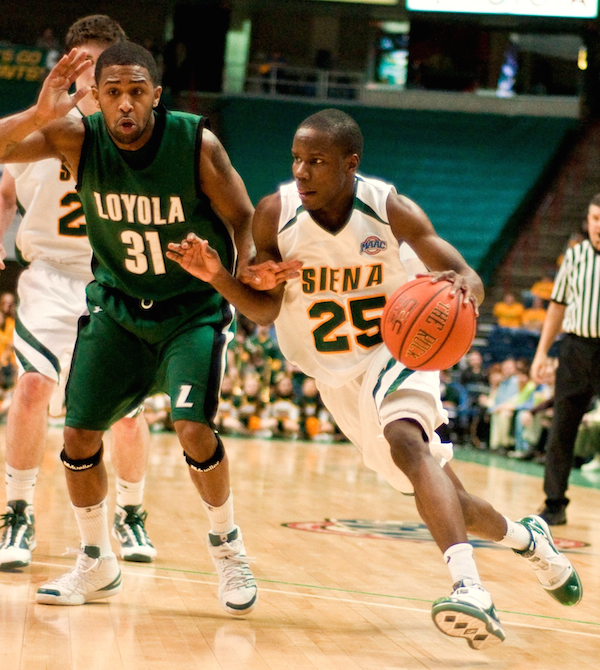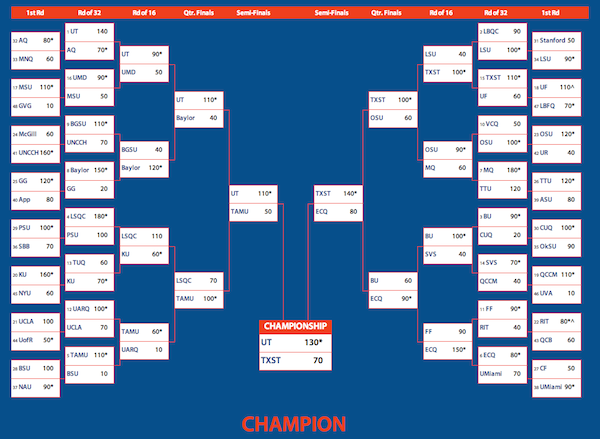Once upon a time — not so long ago — sports fans watched professional football and college basketball on television. That may not sound so different from today, but before the internet took over the world the way we were presented with these two sports was just a little bit different.
In the past, if you wanted to watch March Madness, you tuned your television to CBS. There it would stay, from around noon on the first Thursday of the NCAA Tournament until whenever the nets got cut down in celebration… or you ran out of beer… or had to eat. There was no channel hopping. All the games were on CBS, even if not all the games were televised since many of them overlap in time. The people who ran CBS would pick what they thought the best game would be and go with that. As the day went on, they reserved the right to switch from one game to another if the other was more exciting. As games neared their end, sometimes simultaneously, this resulted in a frantic back-and-forth telecast, that at its best was more exciting than watching a single game. Certainly part of what made March Madness so great — and specifically the first round of March Madness with its 32 games in 48 hours so great — was its overlapping, buzzer-beater-every-fifteen-minutes, relentless nature.
If you wanted to watch professional football, you had lots of options each Sunday during the fall, but they were heavily constrained by where you lived. Over the years, games were televised on every major broadcast network, ABC, CBS, NBC, and Fox, plus cable channels like TNT and ESPN. Games were on at 1 p.m. ET and 4:30 p.m. ET every Sunday — usually about seven games at the earlier time and three or four in the later time-slot. The thing was, you only got access to one or sometimes two games at a time. No matter how bad the local team (and if you didn’t have a local team, you were assigned one) was, when they played that was the only game you could watch. When the local team was idle, the networks decided what game you had access to based on what they thought of the game and your geography.
Then, in 2009, everything changed for football viewers. The NFL launched a new cable channel called the NFL RedZone. From 1 p.m. ET to whenever the last 4:30 p.m. ET game ended, usually around 7:30 or 8 p.m. ET, the RedZone would show football, all the football, and nothing but the football. With one brilliant studio host, the RedZone captivated its audience, by steering them from game to game based on how exciting the game was; making sure they saw every score and almost every meaningful play. Watching the RedZone was an amazing experience and despite its ability to leave your brain spinning and your eyes aching, it was and still is incredibly popular. It changed the way people watch football. No more were they trapped watching a boring local game — no more were they even trapped watching a single game. The RedZone captured the exhilaration of those few frantic minutes of buzzer beaters in a March Madness broadcast and translated it to football viewers every Sunday.
Meanwhile, things were also changing in the world of college basketball. One of the tricky elements of March Madness for sports fans had always been how to watch the first round, given that much of it happened between noon and the end of work on a Thursday and Friday. In many offices, this meant widespread breakouts of bronchitis or ludicrously long lunch meetings. At some point though, some brilliant person at CBS realized that what most people have at work was not a television but a computer. CBS started streaming the games over the internet. Aside from the fact that early on, most places didn’t have the bandwidth to handle the sudden influx of people trying to stream video, the shift to internet created one vital difference in how people consumed March Madness: the curated channel experience that jumped the viewer from game to game was gone. In its place was a simple interface for you to choose which game you wanted to watch. Watching a blow-out? Want to check in on the other game? It was only a click (and usually the required viewing of an advertisement) away.
Within a couple years of this innovation, CBS made a similar shift in its television coverage. In 2010, CBS was forced to renegotiate their agreement with the NCAA to cover March Madness and as part of that negotiation, they agreed to share the rights with Turner Broadcasting System. Instead of using one channel to cover multiple games, they now used multiple channels simultaneously. When games overlapped, they were simply televised on different channels: CBS and TNT, TBS, or TruTV. The television experience now mimicked the online experience. The games were all available but you had to manage your experience by flipping from one game to another yourself.
These parallel evolutions in how professional football and the NCAA Basketball Tournament are presented to viewers each have their benefits and their disadvantages. Critics of the RedZone channel would say that the pace and narrative consistency of watching one football game at a time has been lost; that people no longer care about what team wins, just about individual plays and players. Proponents of the RedZone may point out that old-fashioned game-based television is still as available as it ever was and that the RedZone allows people to watch teams they could never (or less frequently) have seen in the past. Proponents of the multi-channel approach to March Madness will argue for its obvious superiority by saying that it has made every minute of every game available to viewers who otherwise would not have had a say in what they were watching; that it has democratized the viewing of college basketball. Critics of the multi-channel reality may argue that availability without curation simply cannot create the gasp-inducing thrill of the old way; that having to manage your own viewing experience in this way is like going to a restaurant and being forced to choose the ingredients for your dish instead of relying on the expertise of a chef.
What all sides should be able to agree on is that it’s curious how technology and time have popularized a curated experience in football while simultaneously eradicating a similar experience in college basketball. The moral of the story is that progress rarely moves in a straight line but usually twists and turns and doubles back on itself. What’s old is new and what’s new is old more frequently than not.
The End… for now.


